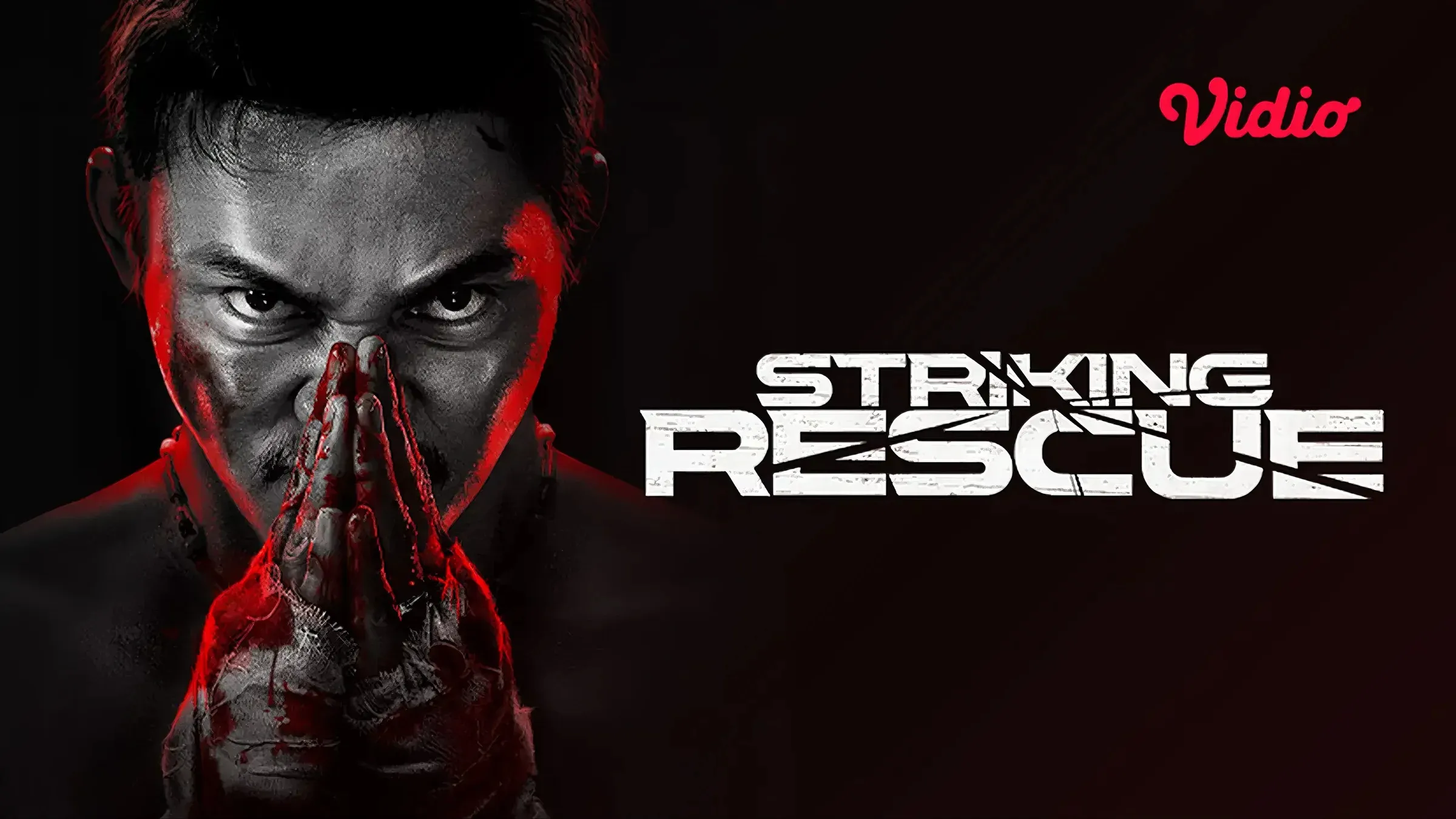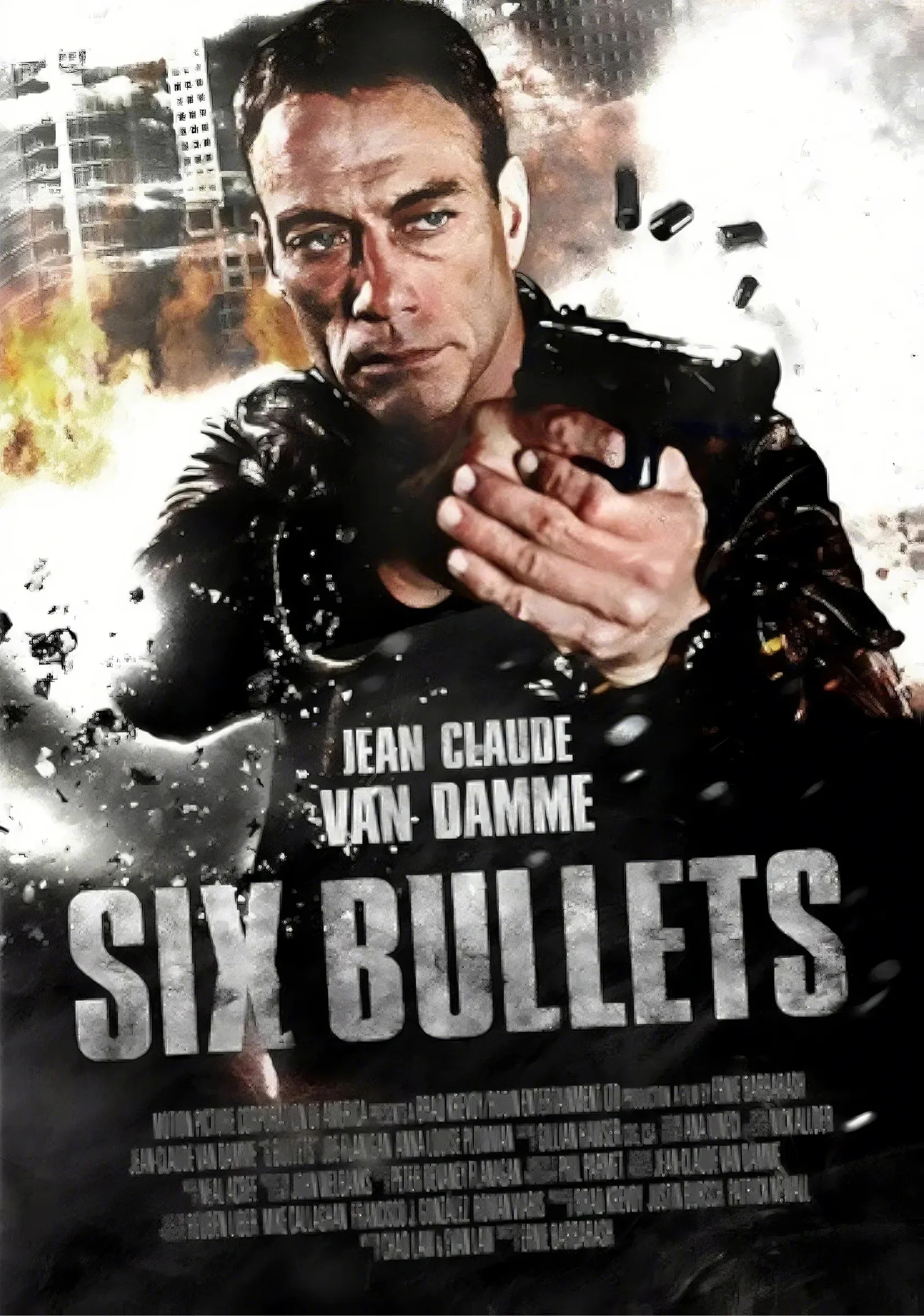Striking Rescue (2024) begins with an escalating international crisis. A group of foreign diplomats, alongside several humanitarian workers, is kidnapped by a notorious paramilitary group in a war-torn country. The hostages are held at a well-fortified compound deep within enemy territory, where the kidnappers demand an exorbitant ransom and political concessions in exchange for their release. As the days pass, the hostages’ lives become increasingly fragile, and the global community watches as governments struggle to respond. Diplomatic negotiations fail to yield results, and the urgency of the situation calls for an immediate military solution. The fate of the hostages is hanging in the balance, and the pressure is mounting on the international community to act quickly. Enter Major Emily Kane, a seasoned military strategist with years of experience in high-risk rescue operations. Known for her ability to remain calm under pressure, Kane is chosen to lead a specialized team of elite soldiers tasked with infiltrating the compound and saving the hostages. As Kane assembles her team, each member brings a critical skill to the table. There’s Sergeant Dave Thompson, an explosives expert capable of dismantling complex security systems; Captain Ryan Lee, a sharp sniper with unparalleled accuracy; and Elena Cruz, a tech specialist who can disable the enemy’s communications. Together, they form a tight-knit unit, trained to handle any obstacle that might stand between them and the mission’s success. The film sets a tone of tension as the team prepares for their operation, knowing that time is running out and failure is not an option. The team’s mission begins with the utmost secrecy. Under the cover of darkness, they parachute into enemy territory and make their way through the rugged terrain toward the compound. However, their path is not without danger. As they navigate through dense forests and over hostile ground, they encounter resistance from enemy patrols, triggering several firefights. Each confrontation reminds them of the high stakes—every move they make could compromise the mission. At the same time, the hostages inside the compound endure brutal conditions. Their captors, ruthless and determined, subject them to constant fear and abuse. The captives’ spirits begin to wane, with many believing that rescue is impossible. The audience watches as the hostages’ situation becomes more desperate, their hope fading with each passing hour.

As Major Kane and her team draw closer to the compound, they face their first major hurdle. The compound is equipped with a state-of-the-art security system, including infrared sensors, motion detectors, and armed guards patrolling every inch. The team’s first task is to disable these defenses without alerting the enemy. Sergeant Thompson works tirelessly to neutralize the explosives surrounding the compound’s outer walls, while Cruz hacks into the security system, managing to shut down the surveillance cameras. At this point, the tension in the film reaches a fever pitch—every second counts. With the perimeter breached, the team moves inside, but their relief is short-lived. The closer they get to the hostages, the more dangerous their mission becomes. The compound is a maze of tight corridors and heavily guarded rooms, and every corner hides the potential for a deadly confrontation. Inside the compound, the hostages are held in separate cells, isolated from one another. As Major Kane’s team infiltrates deeper into the compound, they are forced to engage in a series of skirmishes with the militants. These firefights are fast and brutal, but the team’s training shines through as they methodically take out enemy combatants while working their way toward the hostages’ location. Meanwhile, the militants begin to realize that their security has been compromised. In a desperate attempt to retain control, the leader of the paramilitary group, Viktor Krov, orders the execution of one of the hostages, sending shockwaves throughout the rest of the captives. This cruel act of violence forces Kane to make a critical decision: should she continue with the plan, risking the lives of the remaining hostages, or take a more aggressive approach and neutralize Krov’s men immediately? The weight of this decision is felt by the entire team as the clock ticks down. The film’s tension escalates to its peak during a daring raid on Krov’s stronghold within the compound. Major Kane and her team launch a direct assault on the area where the hostages are being held. What follows is a high-intensity sequence, marked by explosive confrontations and narrow escapes. The team fights their way to the location where the hostages are being kept, but the final obstacle stands before them: Viktor Krov himself. The ruthless leader is determined to escape and takes several hostages with him as human shields, trying to bargain for safe passage out of the compound. What follows is a high-stakes standoff between Kane and Krov. As the clock winds down and the compound’s security systems begin to reactivate, Major Kane must make a life-or-death decision: should she eliminate Krov, risking the lives of the remaining hostages, or attempt a non-lethal capture, hoping for a better outcome?

In a heart-pounding moment of clarity, Kane decides to act decisively. With precision, she takes down Krov and his remaining loyalists in a flurry of action, using her military expertise to neutralize the threats without further endangering the hostages. The team successfully secures the area, and the hostages are freed. However, not without cost—Sergeant Thompson, who had been critically injured earlier in the mission, succumbs to his wounds during the final moments of the rescue. The loss hits the team hard, and they are forced to confront the emotional toll of their actions. In the aftermath of the operation, Striking Rescue shifts focus from the intense action sequences to the psychological ramifications of the mission. The hostages are airlifted to safety, and the team returns to base, their bodies battered but their mission complete. Major Kane, reflecting on the events, is left to grapple with the consequences of the rescue. Despite the success, the emotional scars left by the mission are evident in every character. Kane and her team have saved lives, but the price of that success weighs heavily on them. The film concludes with a somber tone, showing the aftermath of the mission as Kane and her team prepare to return home. They may have won the battle, but the scars of war are never easily healed. In the end, Striking Rescue is more than just an action film; it’s a meditation on the cost of heroism, the moral complexities of military operations, and the emotional resilience required to face the consequences of violence. It leaves the audience with a deep appreciation for the sacrifices made by those who risk their lives to protect others, and the harsh realities they must endure in the process.




-1739415520-q80.webp)